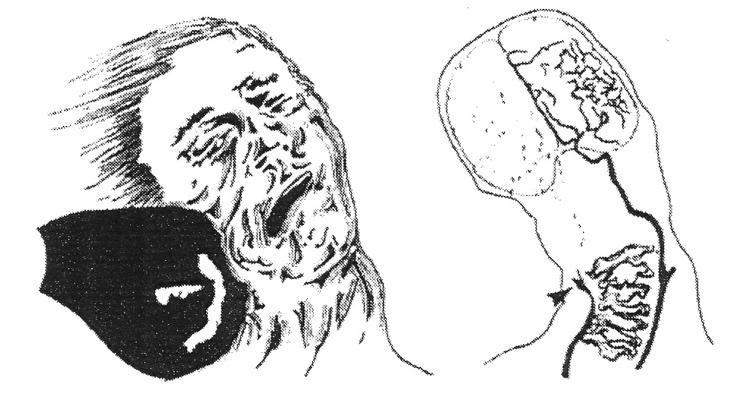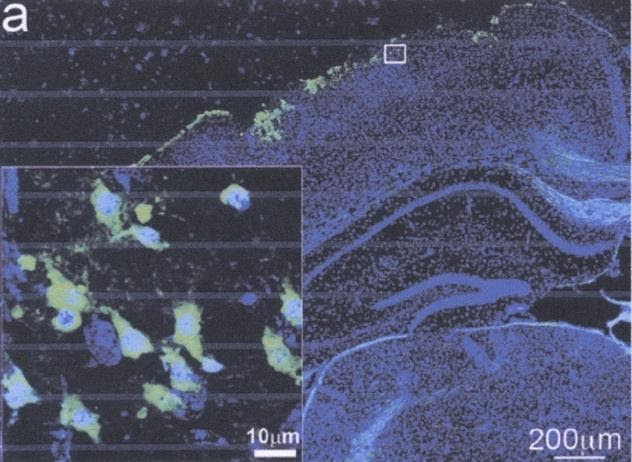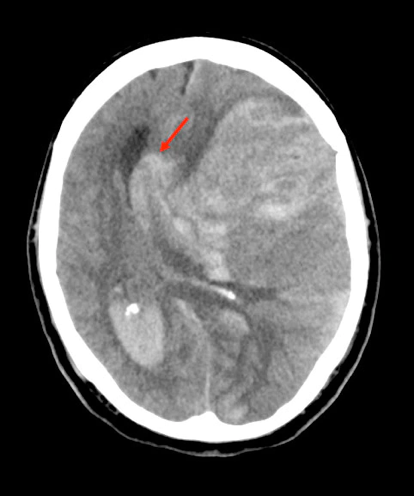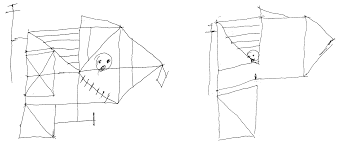In the last twenty years, science has overthrown the old 20th century notions of traumatic brain injury (TBI). Five scientific advances have revolutionized our understanding of what happens when the head is hit. Each one has legal implications.
Consider five of neurology’s more egregious historical errors and how today’s attorney can collaborate with his traumatic brain jury expert witness to dodge the tiger traps lurking at the courtroom threshold.
1. Concussions does not usually involve loss of consciousness.
A concussion is a rattling of the brain due to external force. Brain rattling only disrupts consciousness if it happens to impact the arousal system. The arousal system is mostly in the brainstem, hypothalamus, and thalamus. (Boxers aim for the side of the jaw because it twists the neck and harms the arousal structures.) Since only a minority of concussions impact the arousal system, only a minority of concussions cause loss of consciousness.

Legal implications: Some defense attorneys argue, “She was not knocked out, so she did not have a concussion.” This is nonsense. A plaintiff’s expert must be able to educate all parties that a victim who remained consciousness possibly suffered a disabling injury.
2. Many, and possibly all TBIs, have lasting effects.
The majority of victims feels as if they have “recovered” after a week to six months. Neuropsychological test scores often revert to normal. But neuropsychological tests are grossly insensitive to brain damage. Modern technology reveals that the brain remains changed for a year or a lifetime, even if the victim feels well. That is because TBI often triggers an insidious process of degeneration–a process that may or may not cause symptoms during the remaining lifetime. Unfortunately, we can only see this by examining the brain with a microscope.

(Gao & Chen, 2011)
Legal implications: A defense attorney may argue, “He feels fine. His scores are normal. His scans are normal. There is no lasting damage.” This is misleading. Neither self-report nor any single testing method (possibly excepting advanced neuroimaging) detects these subtle, long-term brain changes. Honest experts on both sides should combine the observations of witnesses with multiple sensitive forms of examination to determine whether the victim is likely to suffer long-term disability.
3. TBI survivors may get much better, but later develop degenerative neurological disorders.
Decades of evidence shows that some TBI survivors suffer “late” effects. A victim may seem to have recovered, but an inflammatory process may lurk in their brain for decades. The most common late effect is Parkinson’s Disease. Unfortunately, we cannot predict which TBI survivors will suffer early onset dementia.

Legal implications: Although a plaintiff might be harboring progressive brain deterioration, there is no way to prove it until symptoms appear late in life. One might mention the risk in passing, but attorneys on both sides should avoid a debate about this unpredictable effect.
4. The emergency room examination is a poor predictor of outcome.
The emergency room doctor is limited to three forms of investigation: history, neurological examination, and a neuroimage.
- The history of the accident is valuable in confirming that the head was struck and the victim’s behavior changed. That does not predict the outcome.
- The neurological examination, including the Glasgow Coma Scale Score, is valuable in detecting focal brain damage and duration of unresponsiveness. These do not predict outcome.
- A CT is often performed. It rarely shows any change at all, or any change that predicts outcome. The exception: when the CT show devastating physical distortion of the brain, such as a severely herniating brain with hemorrhages, the prognosis is poor.

Legal implications: A defense attorney may argue, “Her Glasgow scale was very low and her CT showed blood in her head. She will never go back to work.” This is illogical. TBI experts on both sides should agree that problems observed on day one are poor predictors of long-term outcome.
5. Neuropsychological testing cannot detect brain damage.
Neuropsychological testing is valuable in measuring current level of function and in detecting plaintiffs who fail to give their best effort (“faking bad”). But these tests only measure behavior such as poor memory or poor drawing. No neuropsychological test or combination of test proves that there was brain damage


Legal implications: You will need a neuropsychologist on your team to determine whether the plaintiff is giving his or her best effort during testing. That can help uncover the 40% of plaintiffs who exaggerate, and sometimes exposes malingering. But if your neuropsychologist makes claims about brain biology, he or she may be impeached for falsely inflating the meaning of the tests.
Find a winner. The explosion of recent knowledge about the lasting effects of traumatic brain injury means that only a small proportion of neurologists or neuropsychiatrists have the advanced training required to analyze a case of TBI. Please see Blog post #1. Both plaintiff’s and defense attorneys profit by retaining one of the few genuine experts.